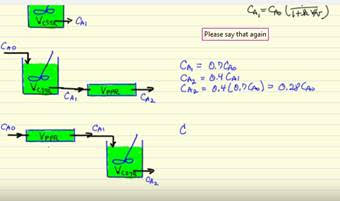

The specified folder and its subfolders are added to the top of the MATLAB search path. If you specify source-folder and then generate a coverage report, MATLAB uses only the source code in the specified folder and its subfolders to generate the report. (Optional) Whether to run tests in parallel on a self-hosted runner, specified as false or true. If the test runner configuration is suited for parallelization, you can specify a value of true to run tests in parallel.īy default, the value is false and tests run in serial. This input requires a Parallel Computing Toolbox™ license and is supported only on self-hosted runners. (Optional) Location of the folder used to select test suite elements, relative to the project root folder. To create a test suite, MATLAB uses only the tests in the specified folder and its subfolders. You can specify multiple folders using a colon-separated or semicolon-separated list.

(Optional) Test tag used to select test suite elements. To create a test suite, MATLAB uses only the test elements with the specified tag. ĭisp('Skipping variable with more than 3 dimensions') It's not exactly what you asked, but here's a script that writes all the.(Optional) Path to write test results report in PDF format. AFAIK, NetCDF3 and NetCDF4 formats do not have anything akin to Matlab's cell array, which can hold different types of data in each cell. Read the data in a variable into the MATLAB workspace. Neither, unfortunately, does Matlab currently (1/18) support the ability to read and write NetCDF4's variable-length strings (even though it has recently added a string datatype).Ĭonvert all numeric data to strings with sprintf(.). To read the data from NASA Space Physics Data Facility (SPDF) you are encouraged to use the CDF handling library from SPDF. The first variable contains CDF Epoch time values. This version of the library is provided for free and can be downloaded directly from SPDF. The Installation instructions are fairly straightforward and there is little that can be added to it. The low-level interface returns these as double values. These will unfortunately have to be fixed length strings, which would need to be long enough to retain your necessary precision.ĭatatime cdflib.getVarRecordData (cdfid,0,0) datatime 6.3146e+13. Then store the data as a fixed-length 2-D char array.Įncode your string data with numeric values. (Obviously, choose numeric values that cannot occur in your actual data.) This is similar to how you need to encode nan's, flagged by the attribute _FillValue.įor example, if you have strings of "Ozone", "CO2", "Methane", replace these with, say, -999, -998, and -997 respectively. You should also store the flags and corresponding original strings, either as attributes or as a separate array of chars and associated flag values.


 0 kommentar(er)
0 kommentar(er)
